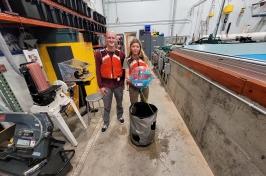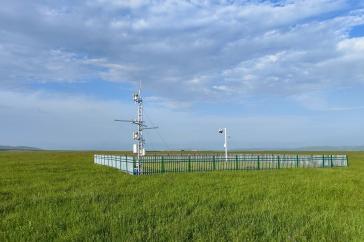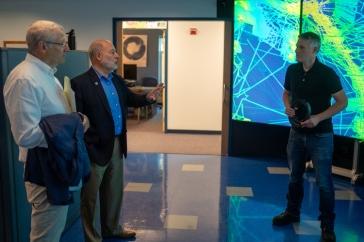On October 16, 2015, dozens of UNH scientists, space physics researchers, engineers and students made history. That’s when the four satellites of NASA’s Magnetospheric Multiscale (MMS) mission flew through an elusive magnetic reconnection event, 永远改变了我们对地球磁界边缘巨大爆炸的动力的理解.
“这个数据集是如此具有革命性,我认为我们将挖掘它50年,物理学教授罗伊·托伯特在谈到该事件产生的信息时说. 托伯特领导的联合国大学团队建造或协调了四颗卫星上近一半的关键仪器. “我们有信心能够从这次任务中获得一些重要的数据,但能这么快、这么准确地完成任务真是太棒了.”
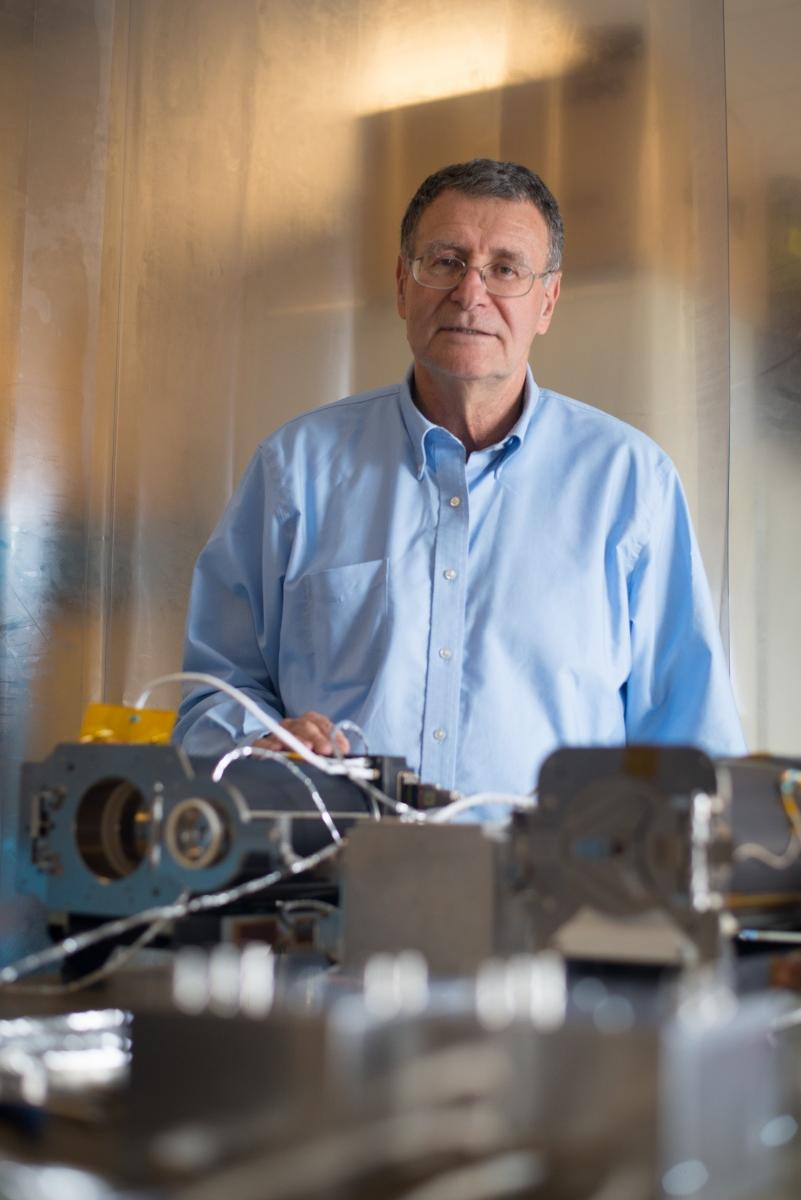
Torbert, of the Space Science Center in the Institute for the Study of Earth, Oceans, and Space (EOS), is co-author of a hotly anticipated study in the journal Science that reports those results today. Press release
这一发现意义重大,因为磁重联是太阳耀斑等太空天气事件最重要的驱动因素之一, coronal mass ejections and geomagnetic storms. 它可以影响通信卫星等现代技术系统, GPS navigation and electrical power grids, as well as the safety of astronauts in space.
Magnetic reconnections, Torbert says, are “rapid explosive events that release that energy, and we don’t understand them.” Before MMS, in fact, 卫星观测到了磁重联的影响,但从未观测到动力, like seeing debris scattered from a tornado but not the storm itself. 这种理解可以帮助科学家预测这些事件,并采取措施保护我们的太空资产和电网.
“By seeing magnetic reconnection in action, we have observed one of the fundamental processes of nature,” adds Jim Burch, 他是圣安东尼奥西南研究所MMS项目的首席研究员, Texas, and the first author on the Science paper.
NASA’s $1.1-billion MMS mission launched on March 12, 2015, from Cape Canaveral Air Force Station, Florida, 携带四颗相同的卫星,它们以紧密的金字塔形状飞行,以提供观测的三维地图. At UNH, a team of nearly 40 people — scientists, engineers, managers, software developers, machinists, 技术人员和学生为每艘航天器交付了一套名为FIELDS仪器套件的6个传感器.
“这个数据集是如此具有革命性,我认为我们将挖掘它50年."
Late in the game, 该团队还接管了自旋平面双探头(SDP)的建造。, a complex, mission-critical instrument that had fallen behind in its development. SDP由16根200英尺长的钢丝杆组成——4个旋转的MMS航天器上各有4根——末端有橙色大小的传感器,用于测量太空真空中的电位. NASA recently honored that team for its efforts in rescuing the SDP.
At nearly $70 million, MMS是空间科学中心60年历史上最大的单笔合同, says SSC investigation project manager John Macri ’78G. “这对UNH来说是一个巨大的机会,但它仍然在我们的舒适区,”他说. “The infrastructure was here, the culture was here, the talent was here.”
While the project tapped expertise like Macri’s and Torbert’s, it also nurtured the budding talents of many undergraduate and graduate students who launched careers with MMS. Research scientist Matthew Argall ‘14G, who worked on MMS as a Ph.D. student, was one of them.
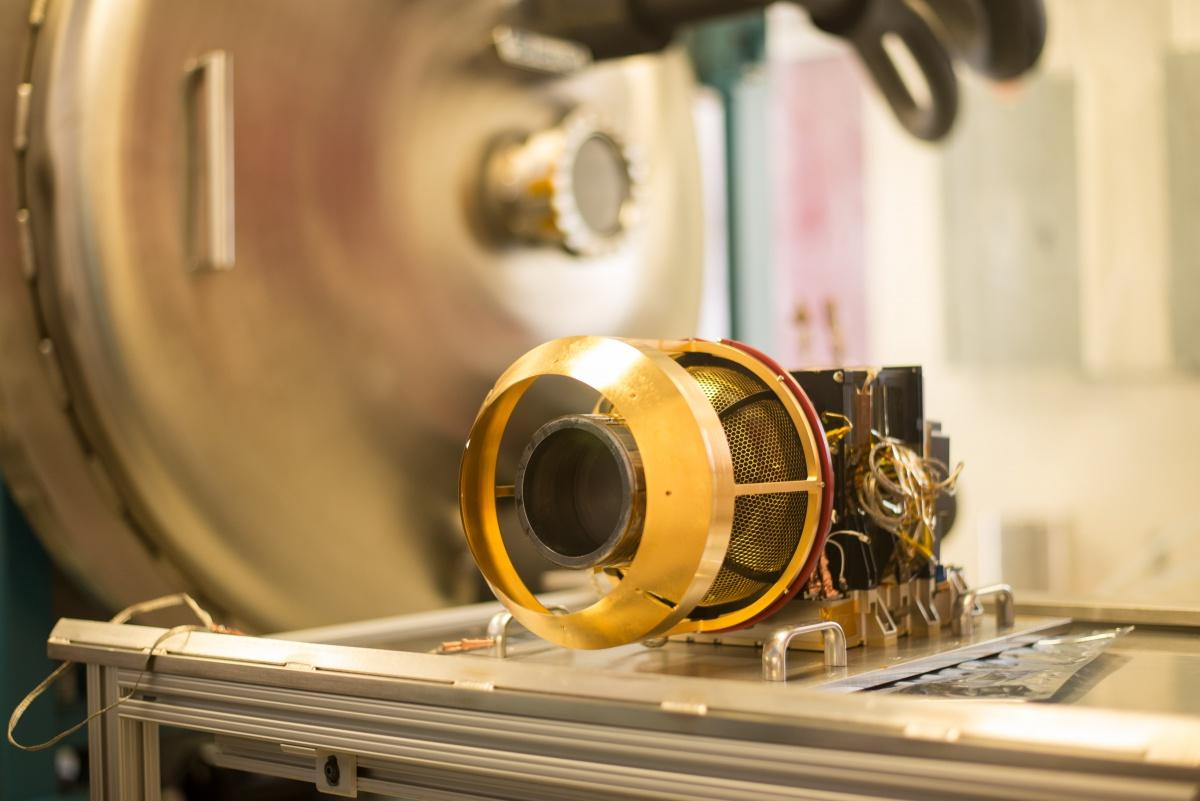
他说:“无论是个人还是职业,这都非常令人兴奋。. “每天我都有机会看到一些以前没有人见过的新东西.”
On a personal level, he adds, he attended the MMS launch in Florida with 20 family members, including his grandfather, who designed the joystick navigator for NASA’s lunar rover.
MMS数据的强大和清晰,为联合国大学近十年来对该项目的投入画上了句号. “The longstanding, UNH空间科学中心在空间仪器方面的世界级专业知识对于组建我们优秀的MMS国际团队至关重要, 到目前为止,是什么直接促成了这项激动人心的任务的发现,” says Torbert.
-
Written By:
Beth Potier | UNH Marketing | beth.potier@femdomcenter.com | 2-1566








































